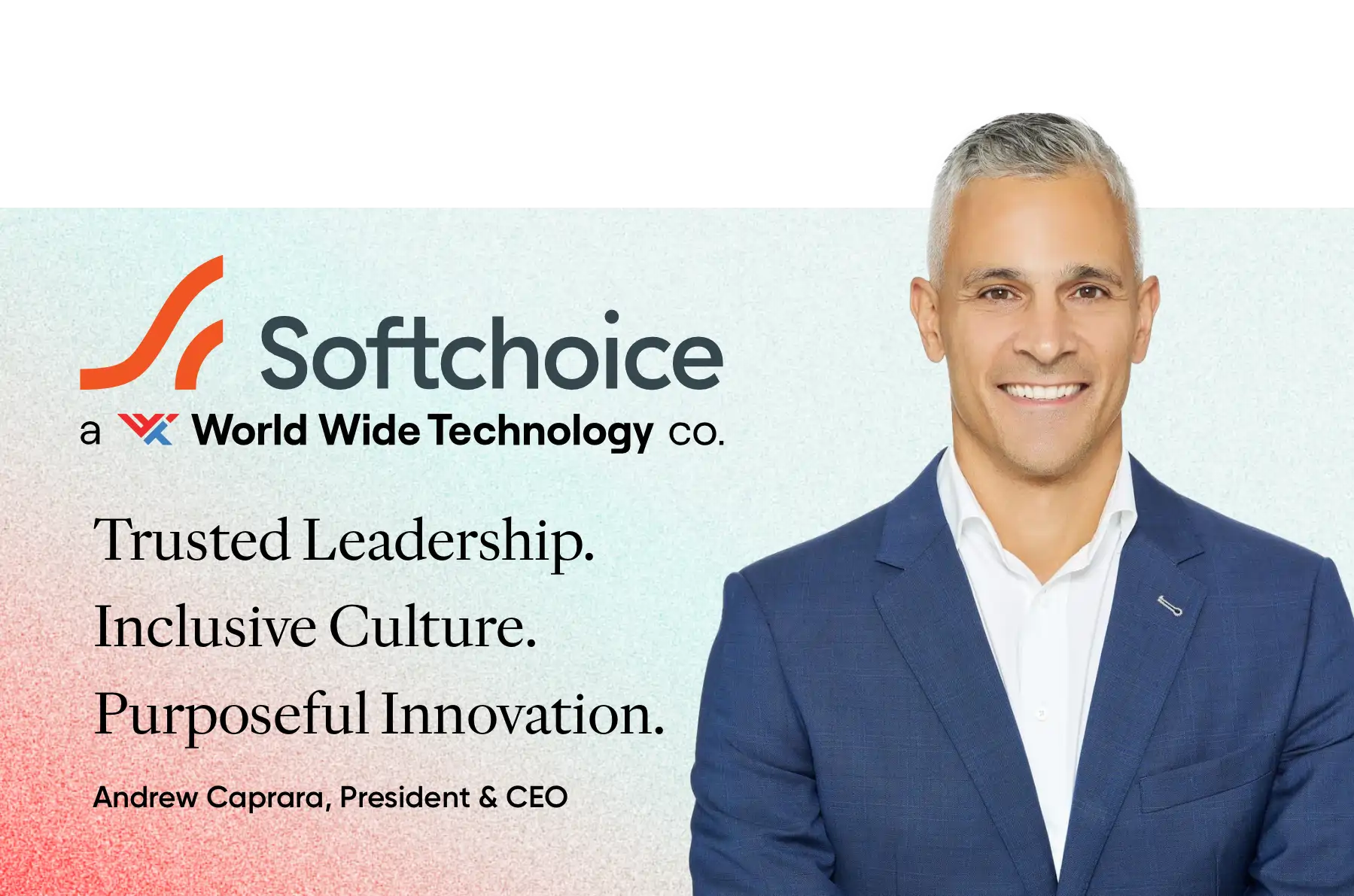
Company Culture, Employee Engagement
In today’s evolving workplace, diversity and inclusion are no longer optional—they’re essential for building resilient, innovative, and high-performing organizations.
As Canadian workplaces adapt to a post-pandemic world shaped by hybrid work, shifting employee values, and social accountability, diversity and inclusion in the workplace have moved from the margins to the core of business strategy. More than a trend or a checkbox, they are a defining feature of workplaces that attract and retain top talent, boost innovation, and drive sustainable growth.
What Is Diversity and Inclusion in the Workplace?
Workplace diversity refers to the representation of different identities within an organization—such as race, gender, age, ability, sexual orientation, and background. Inclusion, on the other hand, is about the experience: it’s how people feel when they’re at work. In other words, diversity is about our differences and inclusion ensures those differences are embraced.
An inclusive workplace ensures that every individual feels respected, heard, and empowered to contribute meaningfully—regardless of who they are or where they come from. Together, diversity and inclusion create a culture of belonging where people can thrive.
Why Diversity and Inclusion Matter?

In today’s increasingly complex and competitive business landscape, diversity and inclusion are no longer just social ideals—they are strategic imperatives. Organizations that embrace these values are not only responding to the evolving expectations of employees and society—they are positioning themselves for long-term success. Here are four key reasons why diversity and inclusion matter now more than ever.
1. Shifting Workforce Demographics: Canada’s workforce is becoming increasingly diverse. This shift brings rich perspectives—but also a clear expectation that workplaces must reflect and respect that diversity.
2. Changing Employee Expectations: Today’s workers want more than just a paycheque. They seek purpose, fairness, and psychological safety. They want to be part of a company that values their voice and stands for something bigger than profit.
3. Inclusion Drives Innovation: Diverse teams are more likely to challenge assumptions, spark fresh ideas, and build creative solutions. When people feel included, they speak up—and that’s where innovation begins.
4. Business Performance Tied to Culture: The benefits of diversity at work are measurable. Inclusive workplaces report higher employee engagement, stronger retention, and improved financial outcomes. Simply put, a more inclusive workplace is a more effective one.
How to Measure Inclusion and Track Progress

Tracking diversity is relatively straightforward. But measuring inclusion—how people feel about their experience at work—requires more nuanced and intentional effort.
According to Gartner, seven core drivers define an inclusive work environment. These areas, when measured effectively, provide a reliable snapshot of inclusion within an organization. Known as the Inclusion Index, and these drivers are:
1. Fair Treatment: Employees feel their contributions are recognized and rewarded fairly.
2. Integrating Differences: Team members value and respect each other’s perspectives.
3. Inclusive Decision-Making: Everyone’s ideas and input are given equal consideration.
4. Psychological Safety: People feel safe being themselves and speaking up.
5. Organizational Trust: Communication is open, honest, and transparent across levels.
6. Sense of Belonging: Employees feel connected and cared for by their team.
7. Perceived Diversity: Leadership reflects the diversity of the wider organization.
These indicators are best measured through brief, focused surveys that capture employee sentiment. The results can uncover cultural strengths and blind spots—and help organizations focus their efforts where they matter most.
How Employee Surveys Can Help
To bring inclusion metrics to life and track meaningful progress over time, organizations should integrate employee surveys into their people and culture strategies. Surveys provide a structured way to listen to employees, understand how they experience inclusion, and take action based on their feedback.
For example, the Trust Index™ Employee Survey from Great Place To Work® captures insights across thousands of employees in high-performing organizations. Among companies recognized on the Best Workplaces™ in Canada list, employees reported strong levels of inclusion, connection, and trust:
91% of employees say they can be themselves at work.
96% agree they were made to feel welcome when they joined the company.
90% feel right at home when changing jobs or work units.
91% say management shows a sincere interest in them as a person, not just an employee.
92% believe people care about each other at their workplace.
These results show what’s possible when organizations commit to building inclusive workplace cultures. By using tools like the Trust Index™ Survey to measure progress over time, leaders can go beyond intention and create environments where everyone feels they truly belong.
Building a Culture Where Everyone Thrives
An inclusive workplace is one where everyone feels welcome from day one, where people can be themselves, and where every voice matters. It’s where trust is built through everyday actions—and where belonging isn’t just a goal, but a shared experience.
Organizations that lead with inclusion reveal the full potential of their people. They create environments where innovation thrives, collaboration is stronger, and performance naturally follows. When people thrive, companies grow. That’s the power of a great place to work—for all.
Feedback
We value your feedback! Your insights are crucial to helping us create meaningful content. Did the insights in this article spark new ideas for advancing diversity and inclusion in your workplace? Are there specific challenges you'd like us to address? Share your suggestions or ideas with us. Together, we can develop resources that truly make a difference. Have feedback? Fill out this form by clicking here.
Get Certified
Want to know how your people feel about your diversity and inclusion efforts? Get Certified today and learn the answer to this question—and gain many more insights along the way.






